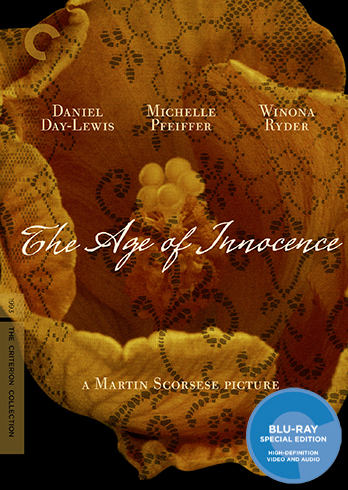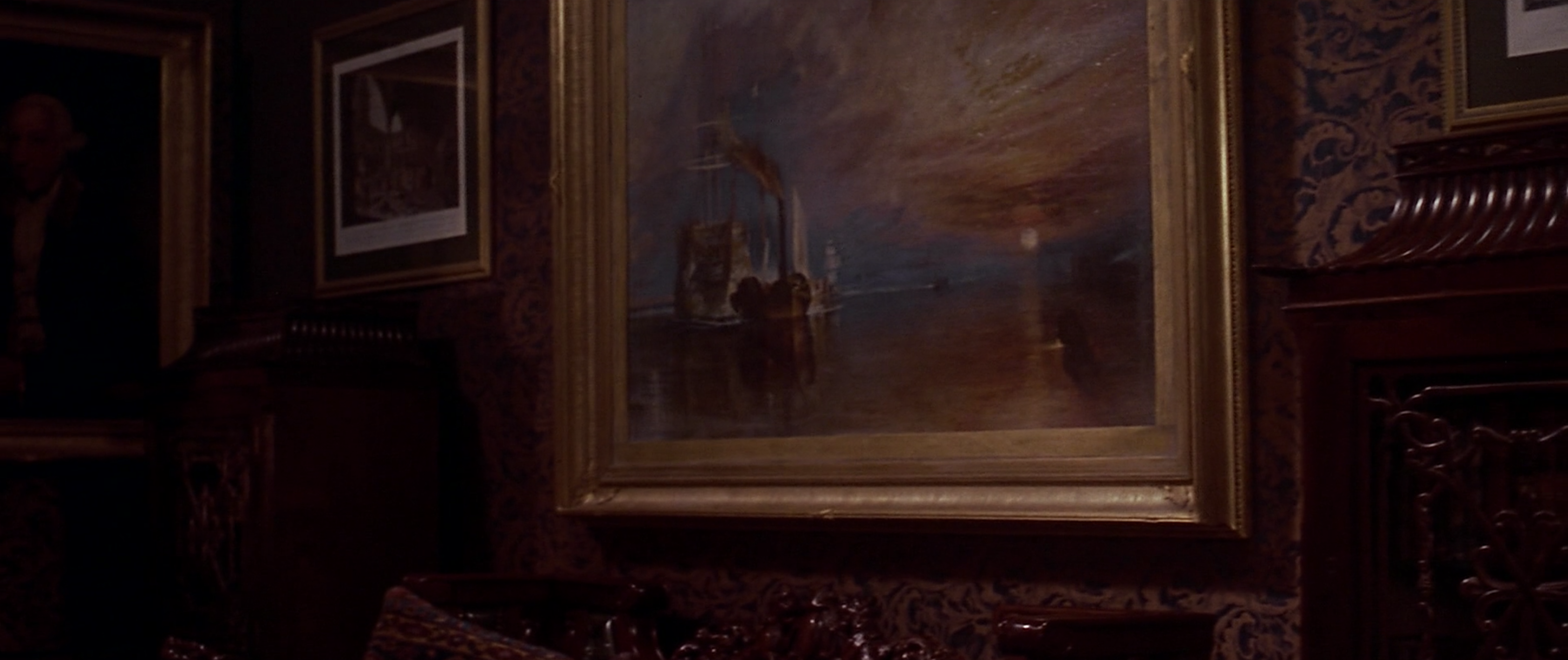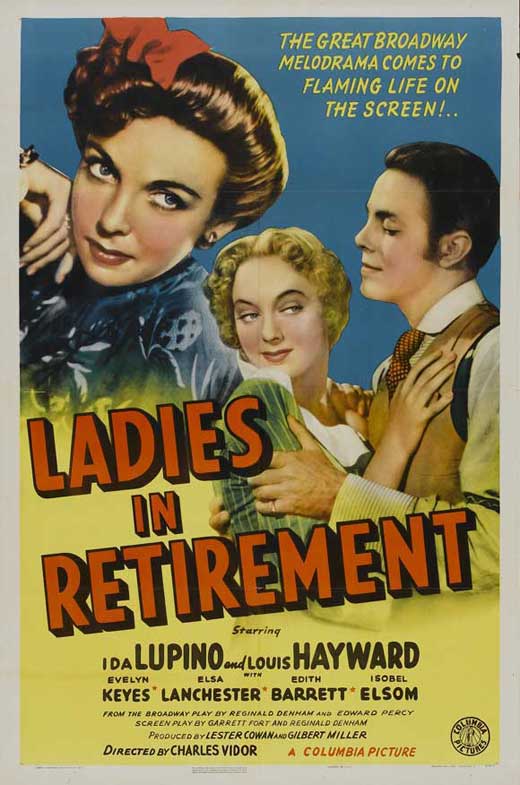The Furniture: The Age of Innocence and the Living Museum
 Monday, March 26, 2018 at 6:20PM
Monday, March 26, 2018 at 6:20PM "The Furniture" honors the Production Design of The Age of Innocence (1993) for its 25th anniversary year. The Martin Scorsese classic is newly available from the Criterion Collection. (Click on the images to see them in magnified detail.)
The final act of Martin Scorsese’s The Age of Innocence leaps through time. The ever-roving camera comes to a temporary rest in the home of Newland Archer (Daniel Day-Lewis), married to May (Winona Ryder) and entering the longue durée of family life. But this relative physical stasis comes with the sudden acceleration of time. Scorsese and editor Thelma Schoonmaker fast-forward through years of business, leisure and child-raising. After nearly two hours of social whirlpools and lingering formalities, suddenly it’s a new century.
But despite the speed of this sequence, it’s important to pay close attention. On the wall of Newland’s family home rests one very famous painting. Somehow, through the magic of cinema alone, our hero has ended up with JMW Turner’s The Fighting Temeraire.
It’s an icon for his last days, a masterpiece of a bygone era being towed away...










